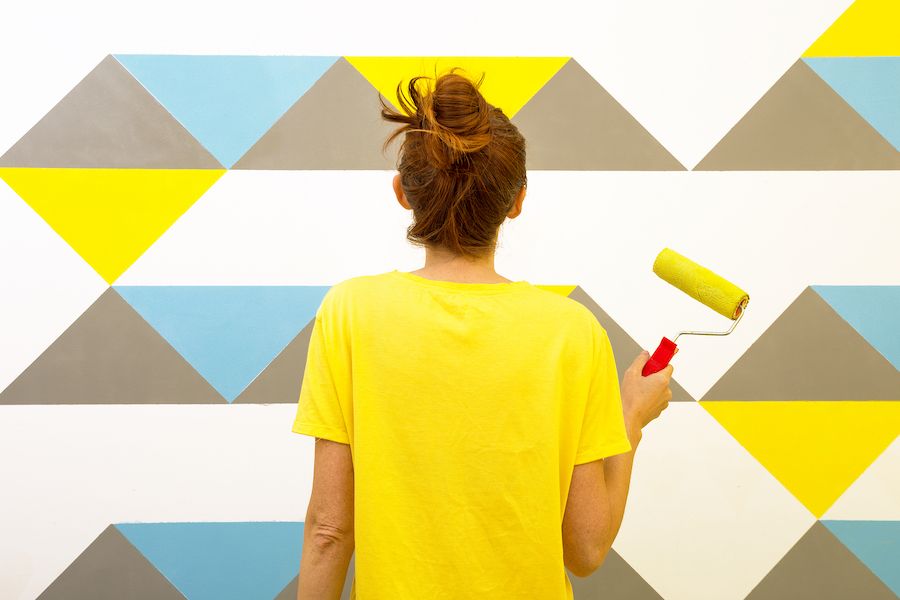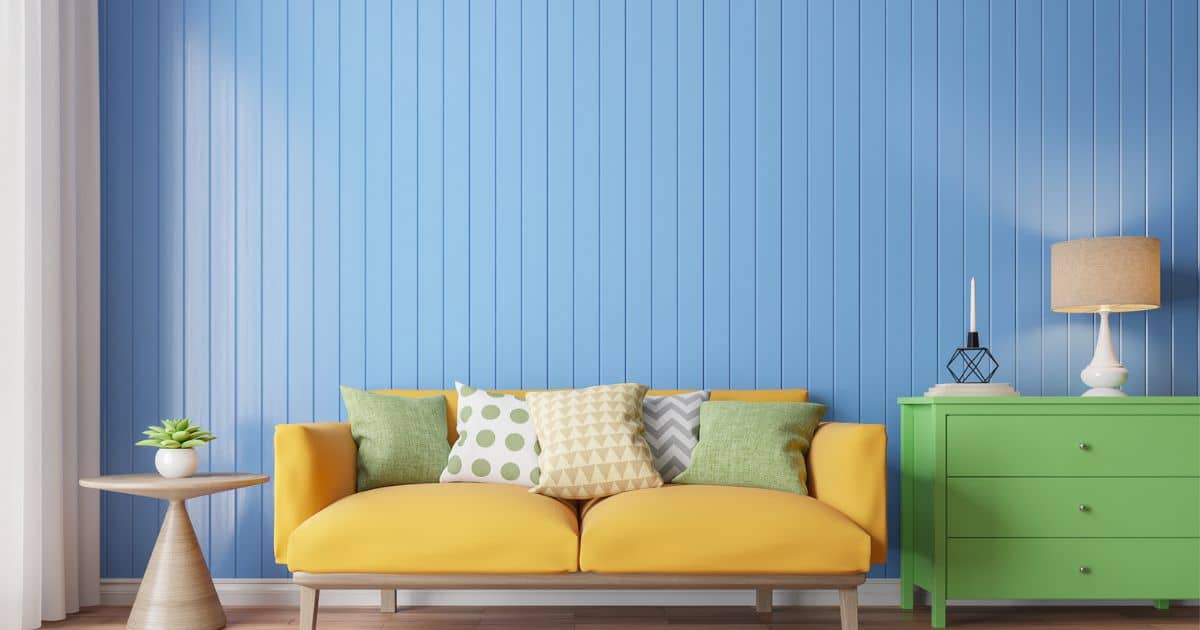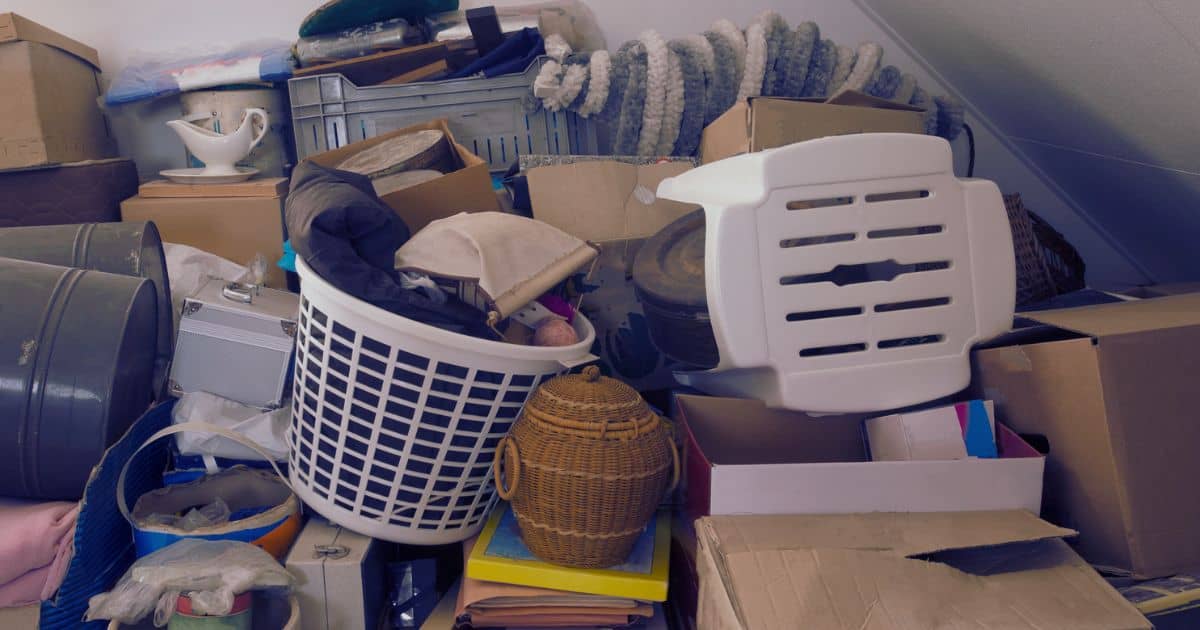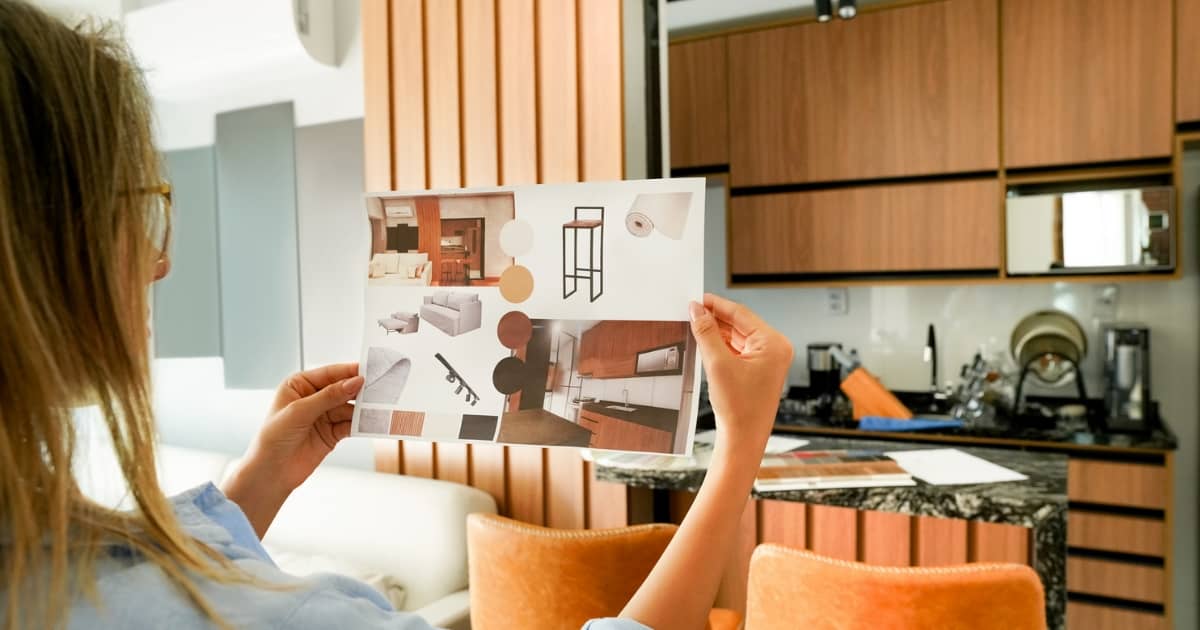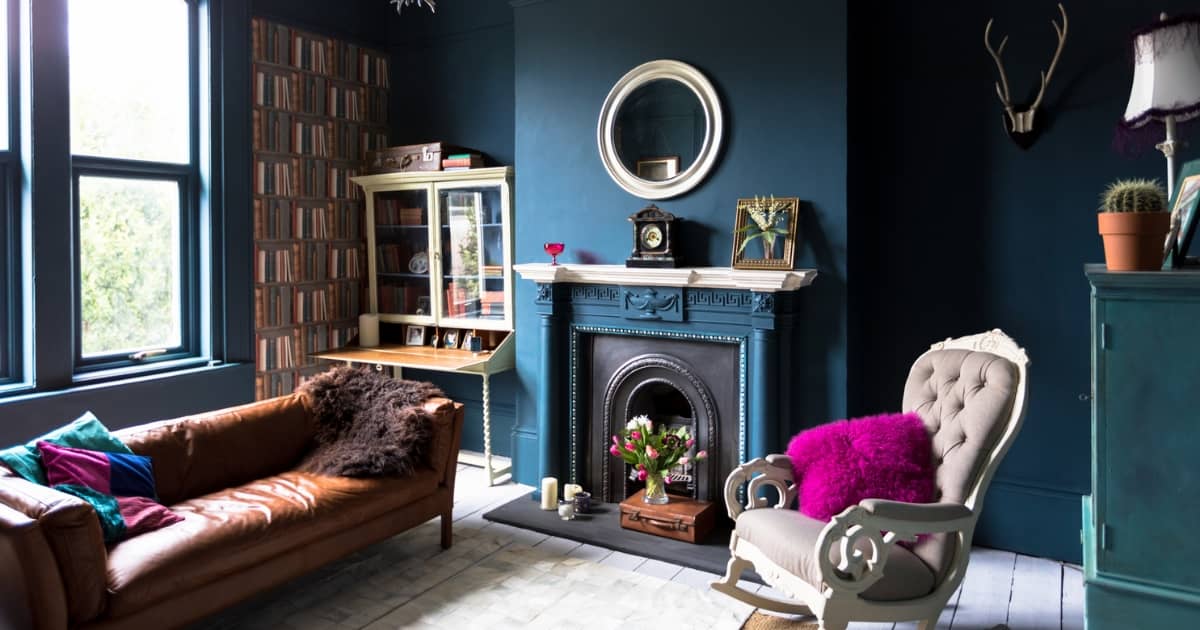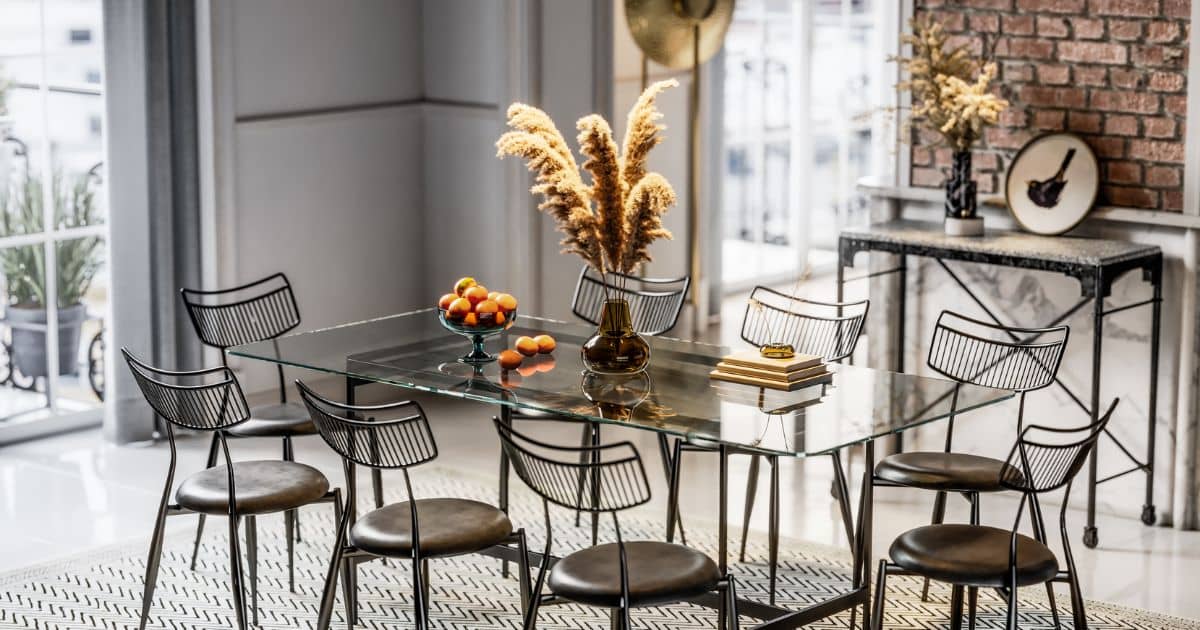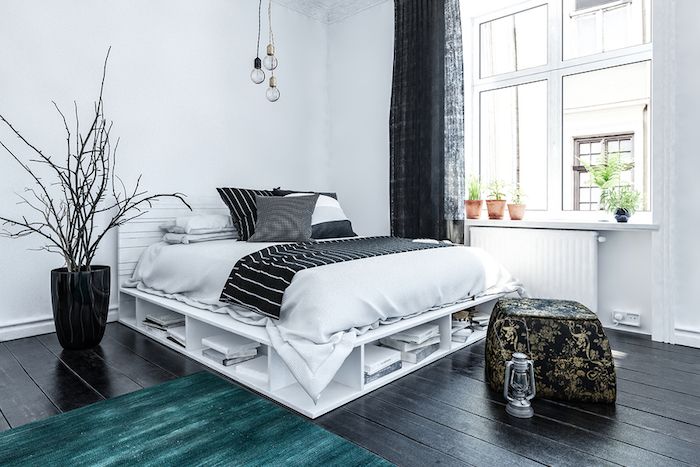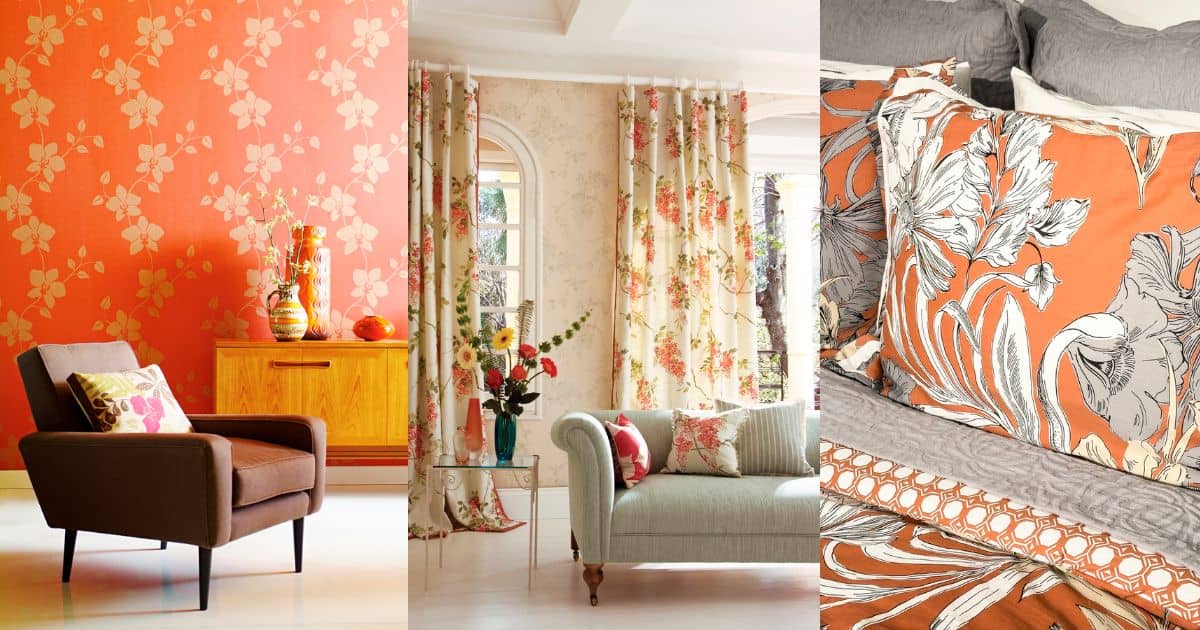Adding a fresh coat of paint to the walls is one of the most common DIY projects that homeowners choose to execute on their own.
As simple as changing the colour of the paint may seem, however, there are professional secrets few amateurs are aware of.
If you want an absolutely flawless finish and perfect coverage, calling the pros would be the best way to go. Colour selection has to be part of a whole home interior design strategy, including selecting colours that positively affects mood. Employing the help of professional painters will also take less time to complete the job and you may even get to benefit from some warranty.
In some instances where getting a professional to paint may not be a possibility, here are a few expert tips that will allow for a much better DIY result.
Always Check the Condition of Your Walls Before Starting
A proper painting technique isn’t the only thing required to achieve perfection.
The current state of your walls is probably one of the most important prerequisites for the successful completion of the project.
Obviously, a new HDB BTO flat will be very easy to paint because the walls feature very few (if any) cracks and chips. Such issues, however, will need to be addressed in an older apartment.
Crumbling plaster will be an issue. Large dents will also need to be filled out. In some instances, the situation can be so dire that the old paint will have to be removed and some spackling will be required before painting can commence. If that’s the case in your home, some professional assistance will be needed to prep the walls and achieve the smoothest finish possible.
Paint Products Aren’t Created Equal
The quality of the paint you’ll be using on those walls is equally important.
Making a compromise with paint quality could affect coverage and the evenness of the end result. You don’t want splotchy and patchy applications, which is why you shouldn’t settle for the most affordable option out there.
High quality paints are easy to work with, they’re very economical and they guarantee stellar coverage. The results will last a long time and there may be added benefits like washability to remove stains and spills with water and soap.
Needless to say, you also need good brushes to apply even layers of paint. Bristles falling off in the middle of the painting job are a complication that you definitely don’t want to deal with.
Opt for Tinted Primer
Here’s another supply we need to discuss in order to ensure a professional outcome.
Primer is especially important for older walls that have been spackled and filled out with a new product. These procedures make the walls smooth but they can produce patches that are bound to look different from the rest of the wall (even when the paint is applied).
In these instances, the use of primer is a must.
White primer is a common choice but this one can fail covering the patches. Tinted primer underneath the paint will usually deliver much better results.
By using a tinted primer, you also increase the likelihood of getting a more saturated colour even if you apply fewer layers of paint. This little professional secret will save you time and money while also making the paint job pop.
The Secret to Avoiding Lap Marks
Lap marks are a very annoying problem that will often show up in DIY projects. These unsightly straps appear whenever the paint layers are uneven and overlapping to produce buildup in some spots.
You are very likely to get lap marks if you paint over a layer that is already partially dry.
To avoid lap marks, you need to maintain a wet edge. In other words, the overlap between layers has to occur before the paint has gotten a chance to dry. Start at the edge and move the roller up and down from floor to ceiling. Long strokes are essential and if possible, cover the full length of the wall in one or a few smooth moves. Move over slightly with each stroke. The goal here is to do the entire wall in one go, preventing a dry gap from occurring while you’re taking a break.
Do Some Sanding Between Coats
Here’s one final professional tip that works like a charm every single time.
Even if you’re very careful with avoiding lap marks and applying paint evenly, some bubbling can still occur when a layer dries.
Ridges and bubbles can be targeted for added smoothness. For the purpose, wait for the applied coat to dry and engage in some sanding before moving on to the next layer.
Hand sanding is a simply but very effective procedure that will give you a smooth surface to continue from. If you are going to be doing hand sanding, you’ll need to cover the entire wall or the element that you’ve already applied a coat of paint to.
Sanding sponges (non-clogging) are the best choice for a gentle outcome that will still be visible. Make sure the surface is smooth but don’t overdo it. Wipe down the dust and vacuum the area to get it perfectly clean before moving on with the painting.
These are a few things professionals do to make paint jobs flawless. You can apply these hacks or contact Home Guide in order to have a professional home renovation contractor managing and executing the entirety of your home renovation. We guarantee stellar outcomes and competitive prices that most Singaporean households can count on.
